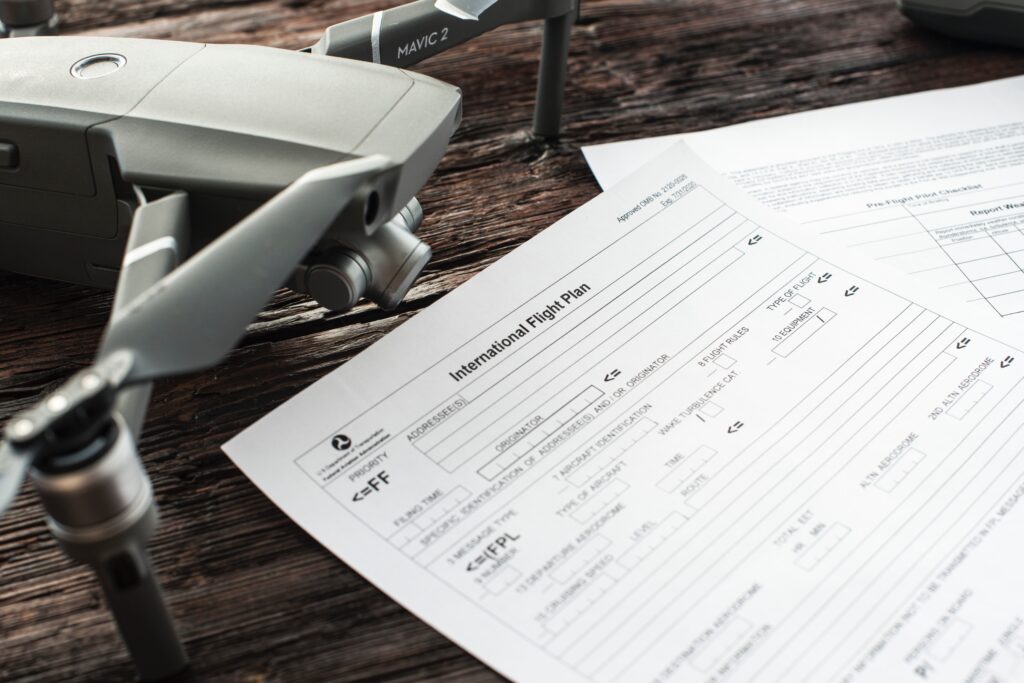Despite what you might read online, not all blockchain regulation is bad. Regulations are, in general, necessary. They help businesses thrive on markets that suffer from information asymmetry. What’s more, they also make the industry landscape clearer and sanction the government’s approach towards it. Regulations also protect customers’ interests if access to information is limited or if there’s a constraint on competition between market actors. However, blockchain regulation can be done wrong, as we’ve seen in some cases. Let’s raise some questions and try to look for solutions: from green addresses to exemptions.
Thinking cross-nationally
Regulations are usually national. There are certain cross-national regulations, but they happen only to some extent. You don’t want people financing terrorism, for example. However, it can be futile to try and regulate companies that operate through using blockchain technologies only on the national level . That’s because companies can change the jurisdiction of their inc. to avoid unnecessarily harsh blockchain regulation. It would be very beneficial for the whole industry to create cross-national non-profit organizations and self-governing bodies that can address policy blind spots . Their members can range from industry representatives to government representatives. They could be tasked with suggesting and promoting good regulatory practices across the members and jurisdictions they represent.
Educating
As a technology, blockchain can’t be regulated or banned , as it’s only a concept/algorithm and a technical data structure. Entities (especially those non-formalized) operating purely on the blockchain that don’t interact with real-world companies can’t be regulated either. However, regulators should also be involved in education campaigns , spreading awareness of fully decentralized schemes or pointing to risks of suspicious schemes (example here).
Focusing on entities interacting with blockchain
Blockchain regulation should be focused on the entities that interact with blockchain technologies. They operate on the blockchain network, offering their services to other real-world consumers or companies. Regulation on this level shouldn’t be much different from what we have for similar non-blockchain services. This includes any financial operations, insurance, logistics, etc.
Allowing exemptions
As the technology is very innovative and can create positive change across many industries, there should be regulatory exemptions in place. Good examples include blockchain regulations in Switzerland or Gibraltar for small-scale operations. They’re measured, for example, by a maximum value of customers’ assets held by the operation without full license or by the exemption time. In these cases, the regulation is won’t limit innovation before it’s able to prove its positive value.
Self-regulation
Some fully decentralized schemes can and will impose self-regulation practices and extreme transparency . An entire industry built around providing analytical, monitoring and transparency services to existing fully decentralized schemes may emerge . This would increase the customers’ confidence in the schemes. So, regulators should also promote these practices – or companies offering them. Regulators and Central Banks can even go one step further and create national cryptocurrencies with self-regulating capabilities built right into their scheme. Decentralized services built on top of national cryptocurrencies can be considered safer by the end customers. Of course, if the scheme can self-enforce regulation best practices (proper KYC and AML).
Anonymous schemes
It’s possible that national governments and regulators may create their technical interfaces/APIs . For example, for proper tax calculation or for direct sales tax payment. So, those fully decentralized services offering their products to the citizens can become fully compliant with the local regulations even if they lack any real-world manifestation . Schemes like that can increase the customer’s safety. What’s more, they contribute to the view that customers can operate within the law even in the case of fully anonymous schemes . At the very minimum, regulators have to clarify their stance on the sales and VAT taxation applications to transactions conducted with blockchain .
Using green addresses
In some jurisdictions (like China), capital controls, especially the flow of capital abroad, are an important part of regulatory responsibilities. It’s hard to curb Bitcoin transactions as they’re naturally borderless. However, it’s possible to control all the participants that take part in converting fiat money to Bitcoin – and vice versa. There’s also the concept of Green Addresses. These are Bitcoin addresses that belong to a known and trusted financial institution which also manages the users’ bitcoin wallets. Whenever a user wants to make a transaction from a wallet to an external party, they can send it via its Green Address provider. Then, the outgoing transactions will look as if they’re coming from a trusted address of the Green Addresses provider. Regulators can require all transactions into and out of exchanges in a given jurisdiction to go via Green Addresses.
Fixing information asymmetry
The concept of information asymmetry exists in the general economy. For example, in used cars trading. Let’s say the buyer can’t really tell if a car is good or bad. The seller can easily hide some defects, which leads to increased distrust between two parties. Blockchain technologies can help, as they can provide irrefutable provenance proves. Every object can be traced back to its producer and all the previous owners. Additionally, you have trackable quality assessments and can see all the amendments and repairs ordered in the meantime. This information can’t be removed or hidden from the blockchain. Regulators could structure market transactions so that proper provenance collection is required for every newly built product from a certain market. This way, it gradually introduces complete reliability to this market and lowers information asymmetry.
Blockchain regulation catches up
These are only some of the issues that national regulators have to face. Some advancements were impossible to predict when regulators passed resolutions. It’s a difficult game of catching up. And if you feel you need to catch up with what’s currently allowed and what’s not, go for blockchain training.



